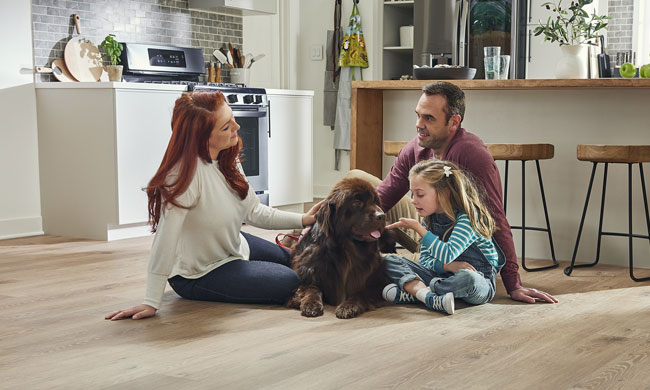It’s a fact that the average American dedicates 90% of their time to indoor environments, often taking clean, pure air for granted. While many people check outdoor air quality for factors like smog and pollen counts, the concept of indoor air quality often escapes the minds of homeowners.
The COVID-19 pandemic has, however, spurred increased awareness about indoor air quality. According to research conducted by the Shelton Group Pulse, 37% of survey participants now express greater concern about indoor air quality than before the pandemic. Surprisingly, indoor air can be 2-5% more polluted than outdoor air, as confirmed by the U.S. Environmental Protection Agency (EPA).
Common indoor pollutants encompass dust mites, mold spores, pet dander, and concerning chemicals like volatile organic compounds (VOCs). Allergy triggers such as pollen, smoke, and ozone can infiltrate indoor spaces from the outside. Yet, an often-overlooked contributor to poor indoor air quality is the presence of humans themselves.
Unwittingly, people can introduce allergens and pollutants into their homes. For instance, pollen may hitch a ride indoors on shoes or clothing, and unwitting purchases of products can emit toxic chemicals into the indoor environment, deteriorating air quality.
While no home is entirely immune to infiltration, there are measures you can take to mitigate indoor allergens. The EPA recommends three strategies, which, when combined, can significantly improve the air quality in your home, promoting a healthier living space for you and your family.
1. Enhance Ventilation
Frequent ventilation of your home reduces the likelihood of allergen accumulation. Open your windows periodically to allow fresh air to circulate.
Consider employing mechanical ventilation methods, such as electric or ceiling fans, to augment air circulation within your home, especially when opening windows may not be feasible or when used in conjunction with open windows.
When working with harsh cleaning products or conducting activities like painting, ensure proper ventilation by keeping windows open.
2. Source Control
Source control stands as the most effective means to minimize indoor allergens, as per the EPA. To combat indoor allergens at their source, opt for flooring options that promote superior indoor air quality for your entire household. Look for flooring solutions, like those offered by Beautifully Responsible manufacturers, that are water-resistant, easy to clean without the need for harsh chemicals, and independently certified to meet stringent indoor air quality standards. Seek out third-party certifications like FloorScore, which attests to low levels of VOCs and other problematic chemicals in hard surface flooring, adhesives, and underlayments.
3. Purify the Air
Air purifiers provide a straightforward approach to filtering indoor air with minimal effort. These devices utilize internal filters and fans to capture airborne particles such as pet dander, pollen, and dust, subsequently circulating purified air back into the room.
For optimum performance, the EPA suggests selecting air purifiers equipped with high-efficiency particulate air (HEPA) filters. Consider air purifiers certified as asthma- and allergy-friendly to minimize triggers for these conditions. Remember to routinely replace filters to maintain peak efficiency.
For additional insights into bolstering your well-being and to explore design inspirations for selecting the ideal flooring solution for your next home renovation project, visit BeautifullyResponsible.com.



